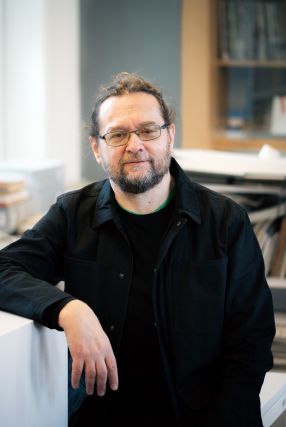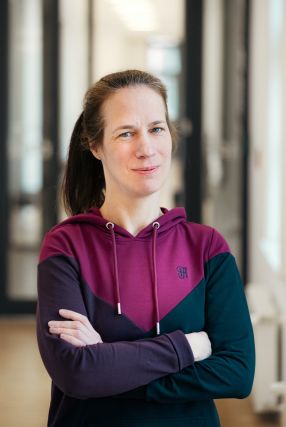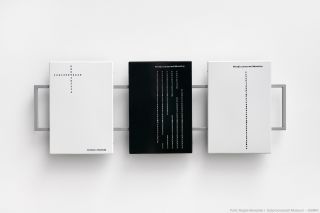‘ADK’
László Százados
… Collection, and since 2021 as Chief Museologist of the KEMKI Archive and Documentation Center (ADK). He has been editor of the Balkon journal of contemporary art since 1997. He is a member of the Hungarian Section of AICA since 1999. He has organised and contributed to a number of permanent (HNG) as well as monographic and thematic temporary exhibitions (HNG; Ludwig Museum, BHM Municipal Gallery - Kiscell Museum, etc.), and has also contributed to and edited the accompanying publications. …
Eszter Szőnyeg-Szegvári
… National Gallery in 2015. As a museologist at the KEMKI Archive and Documentation Centre (ADK), she is mainly focused on the processing of the archives of the Lectorate of Fine and Applied Arts. Her research interests include the Hungarian art and institutional history of the second half of the 20th century, and more specifically, the public and poster art of the period, as well as industrial design and object culture. She is a lecturer at the University of Fine Arts, a …
Judit Radák
… of the Hungarian Dance University. She has been on staff at the photo archives of the KEMKI ADK since early 2023. Her main areas of expertise are Lajos Vajda and the Artists’ Colony of Rottenbiller Street, as well as Ilona Keserü’s body of work. Since 2008, she has been a committee member of the National Secondary School Academic Competition of Art History. She regularly publishes in professional journals and periodicals, and also speaks at conferences. List of publications …
Zsófia Beke
… of the Zsuzsanna Erdélyi Collection (Christian Museum, Esztergom). She has been working at KEMKI-ADK since 2023. Since 1994, she has been published in the periodicals Új Művészet, Műértő and Balkon, as well as in exhibition catalogues. She has frequented artists’ colonies and edited publications. Her fields of specialisation include art theory, the theories of space and perception, and crossovers between the image and three-dimensional space.
ALBERT Ádám: My Appropriations (Dezső Tandori), 2022
… along with his letters to Dezső KORNISS (1908–1984), have been entrusted to the care of the KEMKI ADK by the Hungarian National Bank. The manuscript pages used for the enamel triptych (1980) contain Tandori’s typed calligrams – the VORIZONTAL-HERTICAL (KEMKI ADK Inv. No. MNB.ADT.2017.2.198.1) and two versions of the Heraclitus Memorial Column (KEMKI ADK Inv. No. MNB.ADT.2017.2.262.2, 3)[1]. “The Heraclitus motif shows up several times. In my first Heraclitus piece (from 1968) the text …




